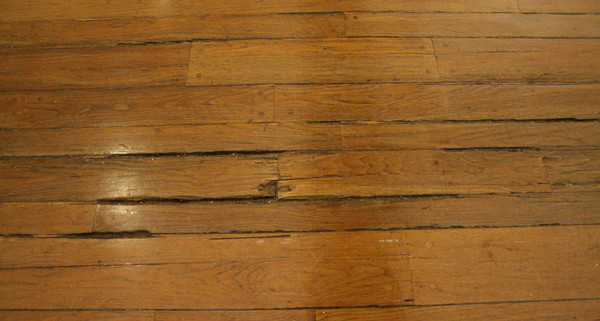Season Changes and your Wood Floor
When trees grow, the moisture content of a live tree can range from 60% to 80%. After the milling process takes place, the moisture content of the wood is greatly reduced, and eventually the wood is dried in a kiln, bringing the moisture content to 5% to 11%, depending on the species. Throughout the rest of the life of wood flooring, moisture content will always fluctuate.
As we transition into the fall and winter seasons and activate the heating system in our homes, the ambient humidity levels accumulated tend to decrease, therefore decreasing moisture levels in wood and shrinking. During spring and summer seasons, the ambient levels of humidity are naturally at a higher level than in winter seasons, therefore wood absorbs moisture and expands. If acclimated properly, and setting the relative humidity properly, your wood floor will likely show minimal expansion and contracting. When we install wood flooring, we will deliver the product at least 5 to 7 days before installation, and stack it in the environment which it will be installed. Some wood species require a bit more acclimation time. The flooring is milled with what is called “Draft lines” on the bottom of the planks, allowing air travel to acclimate all sides of the flooring.
Some small cracks may appear in your wood floor when the HVAC system is activated. You may even hear the wood making settling noises. This is normal as wood is still a natural product even though it isn’t alive anymore, and is always expanding and contracting. As we transition back into summer seasons, these cracks will disappear, as the wood will expand. It is not recommended to fill these cracks in the winter, because the filler will push out in the summer when humidity levels increase and the wood expands. All of the wood in our homes is affected by seasonal changes and relative humidity. Having a hygrometer in your living area will tell you what the relative humidity is in the environment. An average of 35% to 50% relative humidity is ideal for a healthy wood floor. This is a stable, year round average. If your wood floor was properly acclimated previous to installation, and is showing shrinkage greater than the width of a business card, then chances are that the relative humidity is lower than 35%. A humidification system will help alleviate this shrinkage, and the hygrometer will tell you where the relative humidity is settling.







